Much has been said about the use of assessment for selecting, deploying and developing managers as they progress through to being exec leaders. A simple web search in 2023 for “leadership assessment” shows over 1.3 billion hits.
Here, therefore, is not the place to restate much that has been already debated. Most, however, would concede that simple timely reminders based on practical experience can be helpful in making some leadership assessment decisions. Here are some to consider.
Make sure that the intended assessment policies and procedures are actually conducted.
Ensure that they are used consistently in talent decisions whether prompted by selection, development or redeployment and having a process in place to ensure this occurs with meaningful consequences if not. In fact, there is typically a need to hold people to account in how they handle assessment data in decisions about current or future leaders (implying it should be given importance and not relegated to a “nice to do but that’s it” status).

Integrate assessment data into talent decisions.
For selection decisions the assessment data need to be integrated into the entry and transition process. For development, the assessment data need to be translated into a meaningful action plan again, with a process to ensure that it happens and is evaluated like any other action plan. While assessments can be “interesting”, there is little practical impact if that is where the process ends.
Prepare for the assessment properly, resisting the temptation to “just get on with it.”
There is a need to ensure that the pre-assessment data gathering process is targeted on the role, the situation, JDs and line manager input. All of this needs to be expressed in terms that enables stakeholders to see the relationships between assessment benchmarks and role-related performance (which then gets translated into the qualities assessed).
Give assessment data the importance it deserves relative to other sources.
Especially in selection decisions, avoid the temptation to relegate assessment data to lesser importance and increasing the focus on other experience or judgment data.
It is tempting to turn a blind eye to unfavourable assessment comments that run contrary to organizational received wisdom about an individual rather than, for example question why the assessment comments have been made and to accept that the assessment may, in fact, be correct (those of us experienced in conducting leadership assessments unfortunately all have examples of where our reservations have not been accepted but where we been later shown to be right all along).
Tally up the methods with the purpose and avoid under calling it.
It is important, of course, not to be too extreme and to think that the more methods are used in some way that all will be revealed. Putting lots of ingredients into the pot does not make it “better”.
There are problems, however, on relying on just too few methods. Expecting leadership “assessment” to be done in a single questionnaire without interview, review, debate, feedback etc., will just not make the most of the potential in the approach.
Typically, senior executive and leadership assessments need more than one tool and an interview by an experienced and qualified assessor in order to get at the right interpretation for the decisions being made.

Consider using the wide scope, format and depth of options of assessment tools and methods.
Participants in leadership assessments are skilled and may have been clients in their own right. Similarly, some decision-makers have a misplaced expectation that key leadership characteristics of their business can be encapsulated in a “quick and dirty” exercise.
As implied above, this does not mean that all leadership assessments must be “all or nothing” and ought not to be confused with different formats and complexities of assessment approaches. In fact, there is a range, and it includes simpler as well as the more complicated.
The key point is to ensure that the approach is right for the situation and to avoid misplaced expectations in something that is not appropriate for the task.
Ultimately, it is about interpretation and quality of advice to influence decisions.
It is important not to use tools literally. This is often a function of the experience on the part of the assessor. Those of lesser experience tend to be overly reliant on tools and see conclusions as being unchallengeable gospel truths. It is important to cast a critical, (and in some cases very critical) eye on the data.
This comes with experience not just in the construction of the methods and use of the tools, but also with practical experience of leading people and making talent decisions.
Integrate post-Covid, post-digital and revised ways of working into interpretation.
Remote management and the related skills and styles needed for effective leadership at a distance are nothing new despite the rhetoric used by many when commenting on Covid-triggered flexibility. There is nothing unusual in leaders having people in multiple sites. Similarly, flexibility is nothing new and it seems clear that for some people, in some roles, in some businesses, some of the time that working from home appears to have been effective.
The jury is still out on the longer-term implications and many now realise the advantages in office-based working (even if only a few a days per week). Moreover, the need for managing and leading differently does seem like a reasonable conclusion. One must add too, the advances in the digitalisation of processes (though it is rather too early to say how emerging AI will impact roles and leadership).
In summary, four final points to keep in mind
- Ensure there is a sensible approach to collecting pre-assessment data. Find out the strengths, known development doubts and those areas where there is existing multiple evidence but where the assessment can tip the balance. Role context and getting the “reality check” from the line manager provides practice context too.
- Ensure there is a storyboard approach to relating all of above along with HR input, JD etc., with assessment data working backwards and being able to explain how all of this relates to effectiveness in the role. Express the latter in commercial language based around “which means that” phraseology.
- Be comprehensive and learn from those points above i.e., compliance, integration, preparation, tallying up, options, quality, and revised ways of working.
- Ensure your advisers keep to the lessons here. There is plenty of experience in running effective leadership assessments and this means practical commercial experience and making outcomes meaningful and “come alive” for commissioning clients and businesses not just technical expertise in Psychometrics.
About The Author

Dr. Steve Sloan is an acknowledged leadership expert and consultant who has over 20 years’ experience advising clients globally.
He can be contacted via email or by calling 07974 430021



